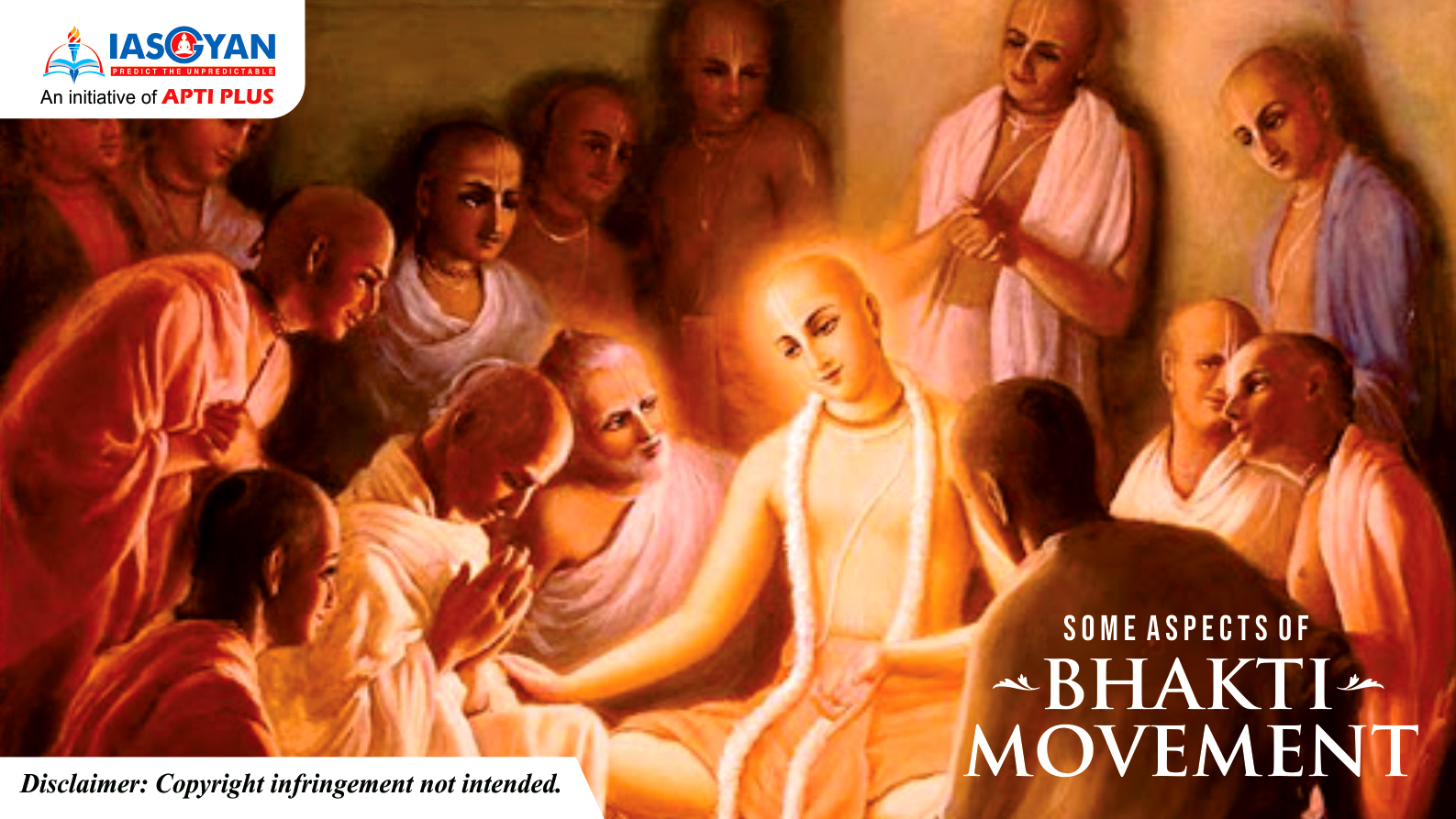




Reasons behind rise of Bhakti Movement in a nutshell
Features of the Bhakti Movement:
Sankardeva’s philosophy
Important Bhakti Movement Saints

To read about the contribution of Bhakti Saints in detail, Visit: https://www.iasgyan.in/blogs/a-complete-list-of-saints-and-teachers-of-bhakti-movement
Contribution of women in Bhakti Movement
Social impact:
Religious impact:
Impetus to Vernacular Languages
Moral influence
© 2025 iasgyan. All right reserved